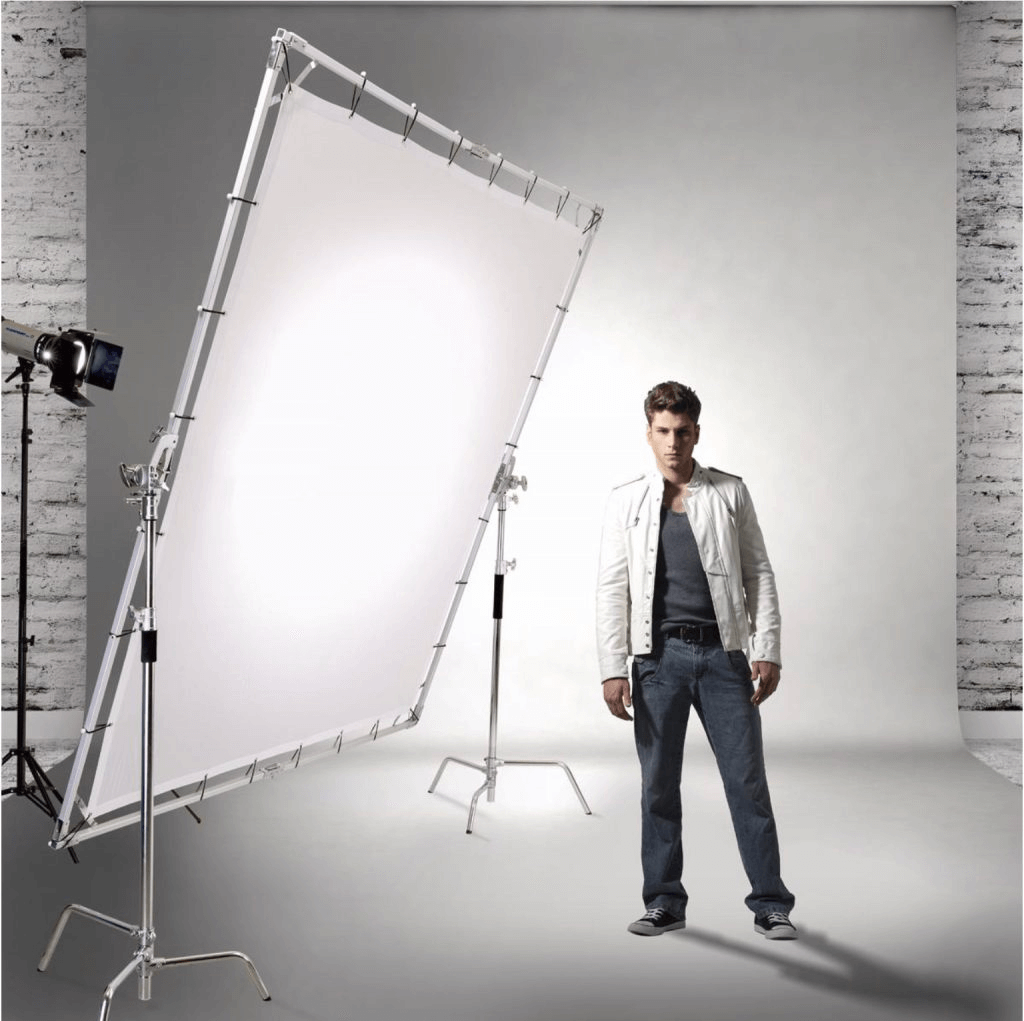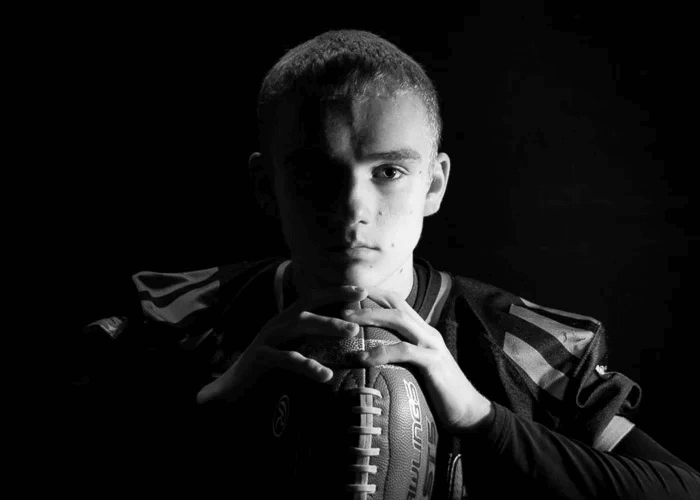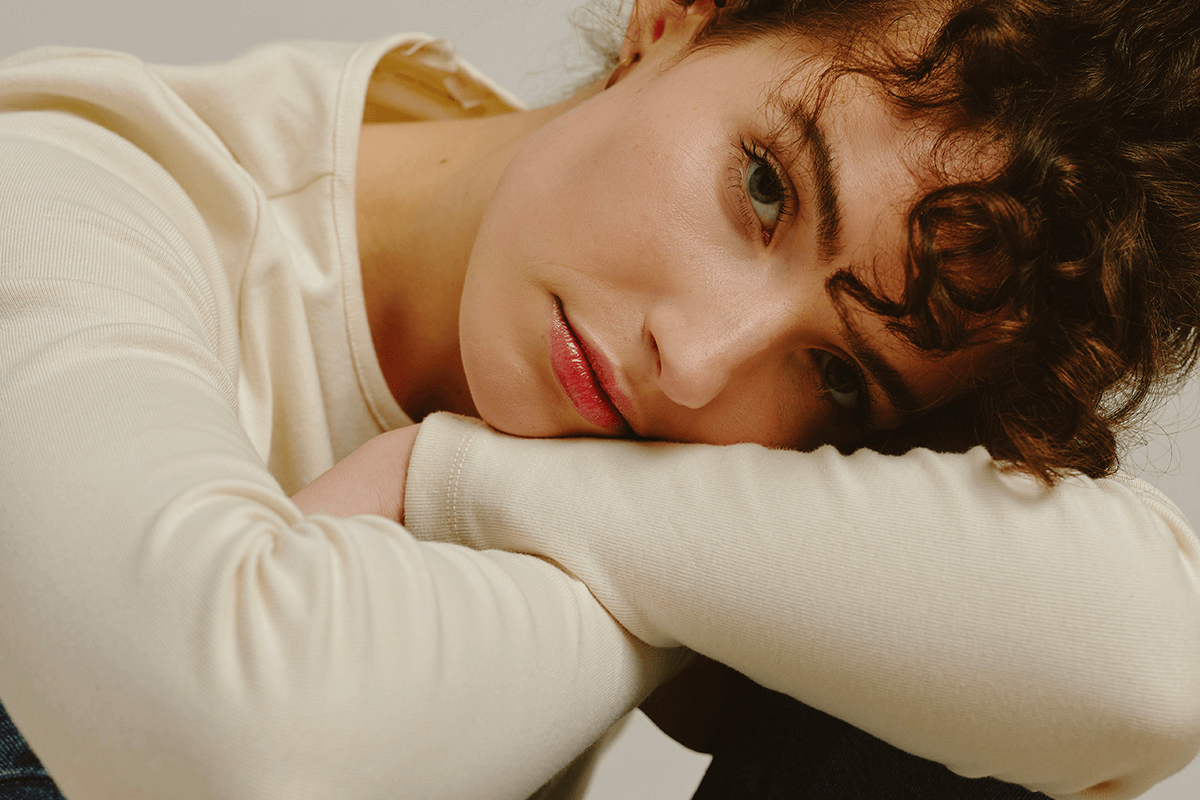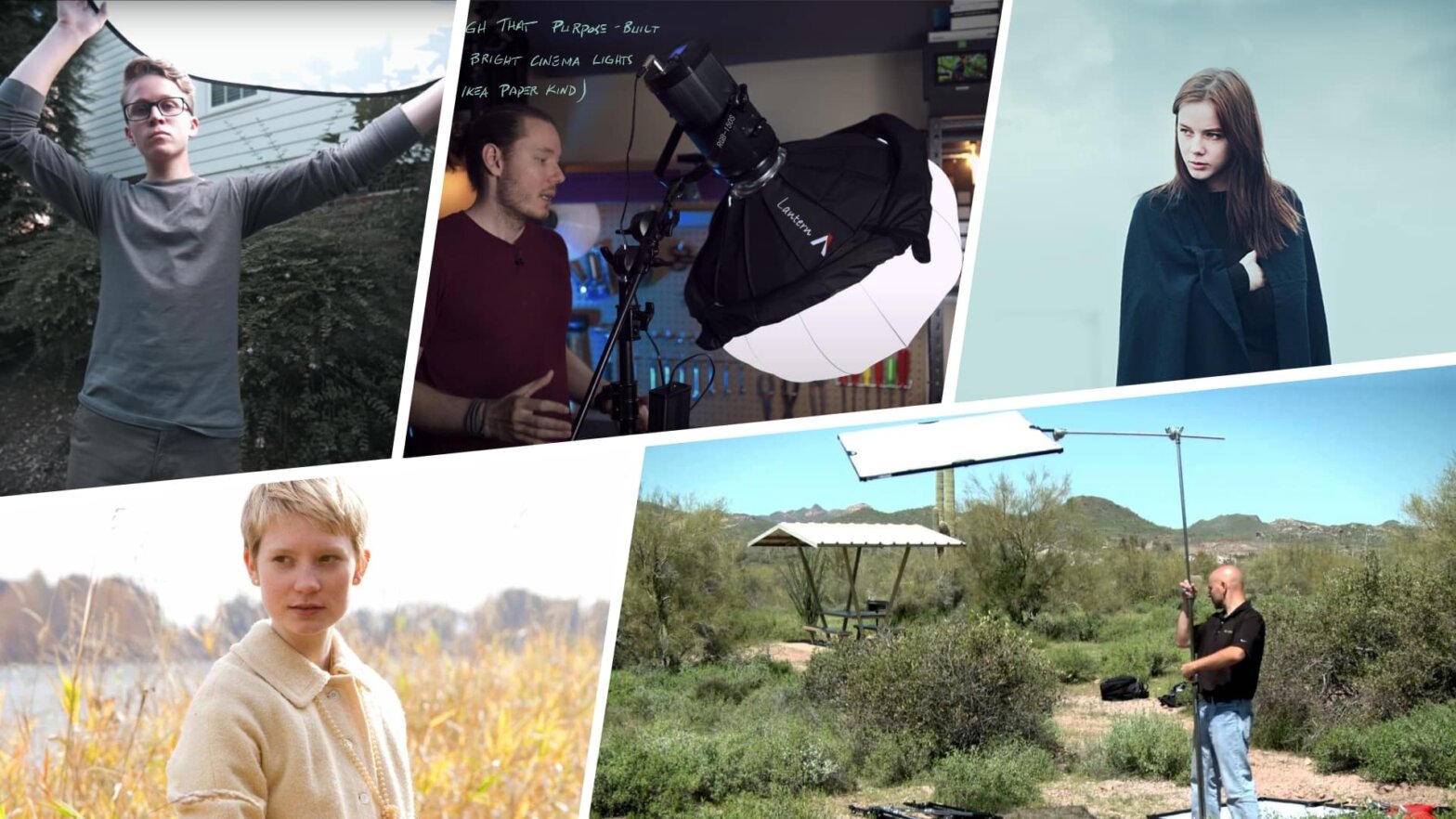Lighting is a huge component of how a shot looks and feels to a viewer’s eye. Specifically, the quality of light can deeply affect the overall tone of a shot. Diffused light, hard light and everything in between are tools filmmakers have at their disposal to tell a story through their shots. In this article, we’re going to dive into how diffused light photography is created with a light diffuser. What is a light diffuser and how does it work? Let’s dive in.
What is a light diffuser?
First, let’s define light diffuser
A light diffuser can be created in various ways, but understanding what it does in the most fundamental way will help you understand how you can achieve diffused light through whatever means you have.
LIGHT DIFFUSER DEFINITION
What is a light diffuser?
To create diffused light, cinematographers and gaffers often use a light diffuser. To put it simply, a light diffuser is a semi-transmittant piece of material placed in between a light source and a subject to diffuse the light as it passes through the material. This material does not solely block or cut light, but redirects light as it passes through for a diffused light spread on a subject.
What is a light diffuser used for?
- Creating soft lighting
- Creating soft shadows
- Less contrast
Diffused light photography
How a Light Diffuser Works
To understand what a light diffuser is, it’s important to understand how light travels. As light travels from its source through the air, it interacts with any particle on its path. As the light photons interact with more and more material, its path is changed.
The more material or particles that a light source’s photons interact with before reaching a subject, the wider the spread of photons and light is on a subject. This is known as diffused light. Diffused light is used for soft lighting and less harsh shadows. It is often more flattering on a subject. To visually understand diffusion and how it is created, check out this video by DSLR Video Shooter.
Diffusion: Light diffuser photography how and why
By using a light diffuser, a light source will be redirected into a wider, more even spread resulting in less contrast, softer shadows, and overall more flattering lighting style for a subject.

How to diffuse light • Light diffuser photography
Light diffusers can be large sheets of diffusion placed at a distance from a light or it can be a single sheet of diffusion placed on the barn doors of a light. There are various ways to introduce a diffuser into your lighting setup and it will all depend on the overall lighting scheme you are trying to create.
It's important to note that diffusers also result in a loss of output of light. So typically when creating diffused light with a diffuser, it's best to opt for a stronger light source.
Related Posts
When to use diffusion light
Direct light vs Diffused light
Now that we’ve covered how a light diffuser works, let’s dive a bit about when to use one. The best way to understand the value of diffused light is to compare it with the opposite end of the spectrum — direct light.
Direct light is achieved by having no material or obstructions between a light source and a subject. Photons from the source land directly onto a subject without being redirected or cut. Direct light results in hard lighting, sharper shadows, and more contrast.

Direct light vs diffused light photography
Diffused light photography on the other hand results in a wider spread beam angle. Images that utilize a diffuser typically have softer shadows and more even lighting.

Diffused light photography example
As you can see from the image examples above, the mood and tone of direct and diffused light are very different. Hard light gives off a more dramatic, edgy tone while diffused light is flattering and overall a bit more vibrant.
Circling back to the question — when should a diffuser be used? It ultimately comes down to the lighting style you are trying to create. What story are you telling? What do you want the viewer to feel when they see this shot?
Asking these types of questions will help you decide if a diffuser is necessary or not. Whether the current project you are working on can benefit from using a diffuser or not, it’s incredibly valuable to understand and know how and when to use one in case a project requires it.
Up Next
What is Hard Light?
As we discussed in the previous section, hard light can create a certain tone and mood to a shot. It’s important to understand all qualities of light to fill out your tool kit as a filmmaker and hard light is a valuable lighting tool. Learn more about hard light in our next article.
Up Next: Hard Light →
Showcase your vision with elegant shot lists and storyboards.
Create robust and customizable shot lists. Upload images to make storyboards and slideshows.
